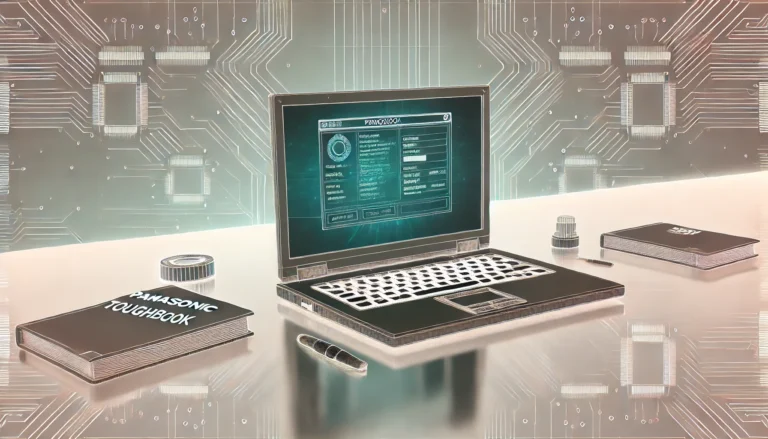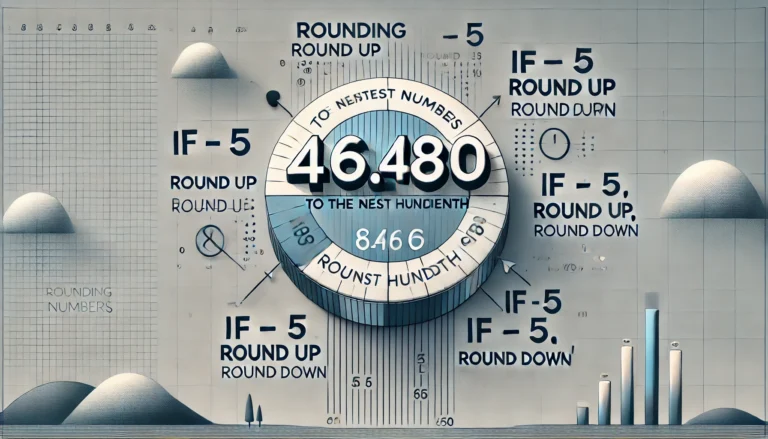
Science Behind Regenerative Braking Systems in Golf Carts
Golf carts are not only a popular means of transportation on the course, but they’ve also become essential in various communities, resorts, and recreational areas. With the increasing demand for more efficient and eco-friendly vehicles, regenerative braking systems have emerged as a groundbreaking technology. While traditional brakes serve their purpose, regenerative braking systems in golf carts go further by conserving energy and improving overall performance. In this article, we will explore the science behind regenerative braking systems in golf carts, explaining how they work, why they are so effective, and the benefits they offer for both drivers and the environment.
What are Regenerative Braking Systems?
Regenerative braking systems are a modern advancement that allows a vehicle to recover energy during braking, rather than wasting it. In conventional braking systems, kinetic energy is lost as heat when the brakes are applied. However, regenerative braking systems in golf carts capture and convert this kinetic energy into electrical energy, which is then stored in the vehicle’s battery. This makes the system highly efficient, particularly for electric vehicles like golf carts, where maintaining battery life is crucial.
The Regenerative Braking System starts functioning when a driver presses the brake pedal. Instead of solely relying on mechanical friction to slow down the cart, the motor of the cart reverses direction, acting as a generator to convert the kinetic energy of the moving cart back into electricity. This captured energy is stored in the battery and can be used to power the golf cart later.
How Do Regenerative Braking Systems Work?
Understanding how regenerative braking systems work requires a grasp of basic physics. When a golf cart is in motion, it possesses kinetic energy proportional to its speed and mass. As the cart decelerates, the regenerative braking system steps in by reversing the motor’s function. Instead of consuming energy to propel the cart forward, the motor switches to generator mode, using the cart’s kinetic energy to produce electricity.
The recovered energy is sent back to the battery, giving the vehicle more power to continue driving without requiring as much energy from the battery itself. This results in extended battery life and greater energy efficiency. By reducing the need for mechanical braking, regenerative systems also minimize wear and tear on brake components, potentially lowering the need for brake repair for golf carts in Millsboro and other areas where carts are frequently used.
Benefits of Regenerative Braking Systems in Golf Carts
The introduction of regenerative braking systems has provided numerous benefits, both for golf cart operators and the environment. These advantages include:
1. Improved Energy Efficiency
Perhaps the most significant benefit of regenerative braking systems is their ability to improve energy efficiency. By recapturing energy that would otherwise be lost, golf carts can travel longer distances on a single charge. This is particularly beneficial for electric golf carts, where battery life is a primary concern. Operators can enjoy longer usage periods without needing to recharge as frequently.
2. Reduced Brake Wear
Traditional braking systems rely heavily on friction to stop the vehicle. Over time, this leads to significant wear on the brake pads and discs, necessitating frequent maintenance or repairs. Regenerative braking systems, on the other hand, reduce the strain on these components by slowing down the vehicle primarily through energy conversion, rather than friction. This results in lower maintenance costs and longer-lasting brake systems.
3. Environmentally Friendly
By extending battery life and reducing the frequency of charges, regenerative braking systems also contribute to environmental conservation. They lower the demand for power grids, reduce the consumption of non-renewable energy sources, and minimize the carbon footprint associated with electric vehicle operation.
4. Enhanced Driving Experience
The smooth operation of regenerative braking systems provides a more pleasant driving experience. Drivers of golf carts with these systems enjoy a quieter, more controlled deceleration, making the ride more comfortable for passengers. Additionally, the ability to store energy for future use means drivers can rely on a consistent power supply, enhancing the overall performance of the vehicle.
Types of Regenerative Braking Systems in Golf Carts
There are several types of regenerative braking systems, each with its unique characteristics. The most common systems used in golf carts include:
1. Series Regenerative Braking
In a series regenerative braking system, the electric motor and the regenerative braking components work in a series configuration. This system is particularly effective in smaller, lightweight vehicles like golf carts, where battery management is critical.
2. Parallel Regenerative Braking
In parallel regenerative braking systems, the electric motor and the mechanical braking system operate in tandem. This allows for more efficient braking, as the regenerative system captures as much energy as possible while the mechanical brakes handle more forceful stops.
3. Hybrid Regenerative Braking
Hybrid regenerative braking systems combine elements of both series and parallel systems. They are often used in larger, more complex vehicles but are gradually being integrated into advanced golf cart models as well.
Why Regenerative Braking Systems Are the Future
As the demand for eco-friendly transportation continues to rise, regenerative braking systems are likely to become even more prevalent in golf carts and other electric vehicles. The efficiency of regenerative braking systems aligns with the growing focus on sustainability in transportation, especially in environments like golf courses, resorts, and eco-conscious communities where these vehicles are commonly used.
By embracing this technology, manufacturers and operators can offer a product that not only provides superior performance but also meets the environmental expectations of today’s consumers. Whether it’s through extended battery life, reduced maintenance needs, or a more enjoyable driving experience, the benefits of regenerative braking are undeniable.
Summary
The science behind regenerative braking systems in golf carts highlights an essential innovation in the field of electric vehicle technology. These systems help reduce energy waste, prolong the lifespan of key vehicle components, and contribute to a more sustainable future. For golf cart operators, understanding the advantages of regenerative braking systems can lead to more informed decisions regarding vehicle maintenance and operation. As this technology continues to evolve, regenerative braking systems will likely play an even more significant role in shaping the future of golf cart transportation.






